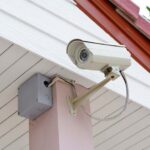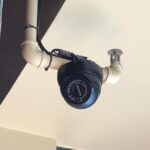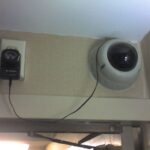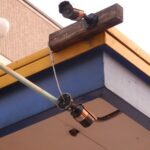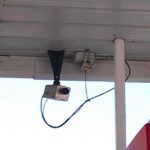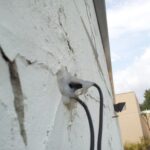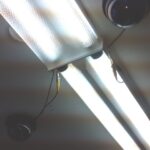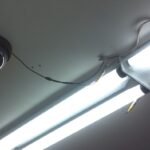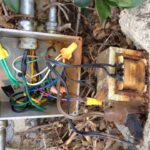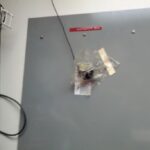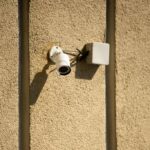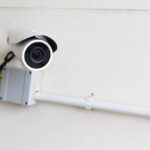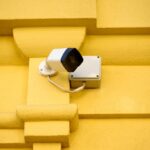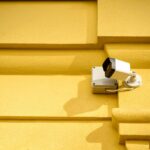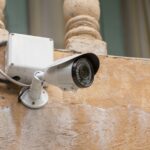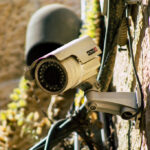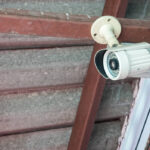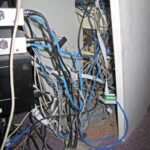CCTV Installation Warning
Every now and then we are contacted to help a customer fix up there cabling woes or to replace the CCTV Surveillance system due to numerous problems with camera transmissions.
Most of our site visits estimates we discover a poorly installed CCTV Surveillance system installed unprofessionally by unexperienced individuals without any type of liability insurance nor WSIB coverage.
Problems that can arise are:
- Ghosting of images this is a hallow effect that double the image in the background.
- Rolling bars across the screen caused by not segregating your cable from electrical cabling.
- Flickering on the screen is caused from poor termination connections.
- Cut and shut cables from camera to power supply causes a degradation of signal e.g. lack of colour.
- Wrong cable being used can also reduce picture quality.
- Cheap unregulated Power Supplies can cause interference and a rolling effect.
The reason of this warning is to make the customer more aware that to take short cuts with unprofessional installers will bite you in the end so you really should invest wisely when it comes to your security.

AMC Security Installation Standards
Camera installation is fundamental to the security industry, but in many cases, little thought is given to planning and installation, leading to system which perform poorly and look unprofessional. As an example, see this photo:
When concealing cable in the ceiling, the entire run should be concealed. For example, by moving this minidome over an inch or two, or penetrating the ceiling tile, the short length of exposed cable could have been avoided:
Not only does this look sloppy, but the cable is also likely pinched between drop ceiling tile and ceiling grid, degrading performance.
Using recessed-mount domes, such as the photo below, is preferable in most cases, as the cable need not penetrate the ceiling, but these are not always available or practical, such as in shallow ceilings.
Much the same as when using concealed cabling, leaving portions of the run exposed and accessible is bad practice. If the entire length of the run is neatly contained and secure inside of conduit, it makes little sense to expose the cable to environmental issues and vandalism at the end of a run. This photo illustrates this bad practice:

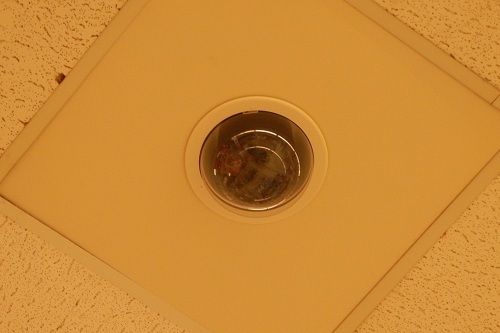
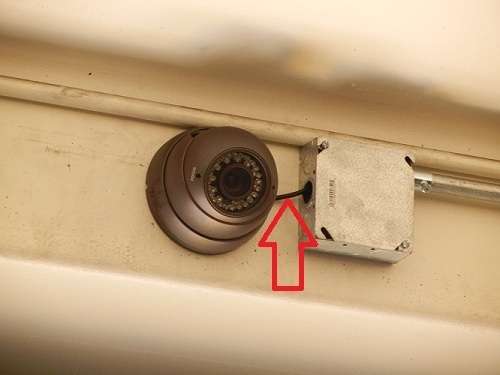
To avoid this, many models of dome camera mount to electrical boxes, either directly, or via adapter plates, in many cases included with the camera. If these features are not available, users may also mount the camera to a blank box cover, drilling a hole where necessary for cable access. This camera is an example of mounting directly to an electrical box:
Minimize Flexible Conduit:
Flexible conduit is preferable or necessary in some instances, such as this example connecting a junction box to a camera:
However, since it is flexible, it tends to look sloppy when used in greater quantities, for longer runs:
Additionally, flexible conduit must follow the same rules as solid EMT or PVC conduits and should terminate in the camera. For example, in this photo, the end of the flex is exposed:
What is not shown in this photo is this piece of conduit running directly into an equipment box below. In this situation, the cable essentially assists in drawing rainwater and moisture from the air into this enclosure, potentially damaging equipment.

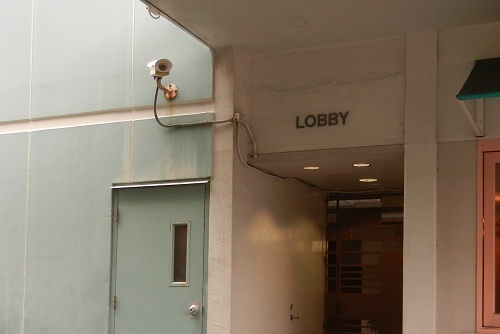
Properly Size Conduit:
The size of conduit used should be calculated based on the number of cables which will be installed in it.
National Electrical Code dictates that conduits should be no more than 40% filled. In 1/2″ or 3/4″ conduit, often used in surveillance systems, this generally means only about 1-4 UTP cables may be installed. Installers should be conscious of conduit fill, as some local authorities may see it as a code violation and require work to be redone.
Properly Support Cable:
When cable is run exposed, proper supports should be installed. For exposed cabling, J-hooks are most often used. Cables should not be tie-wrapped to conduits, sprinkler pipes, or drop ceiling wires (though specialized J-hooks may be supported via drop wire). Some installers use specially made cable staples for individual cables. While not specifically prohibited by any standards, these are frowned upon, as they may compress the cable jacket, or accidentally penetrate the cable.
This photo illustrates multiple issues related to cable support:
- The cable slack loop is left sitting upon the HVAC ductwork, instead of being properly supported.
- The cable is tie-wrapped to conduit.
- it is supported only by draping it over building structure end route to the camera.
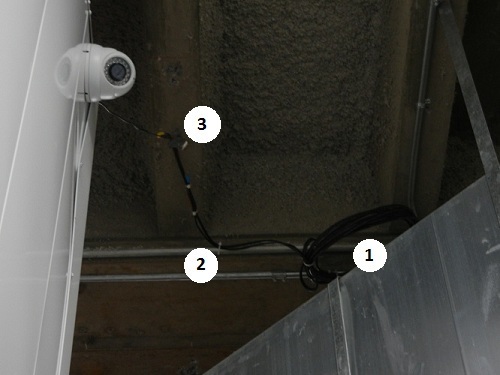

Extended Pendent Mounts:
In areas with very tall ceilings, conduit is often used to suspend the camera at a more workable height. This is most often via specialized fixture hanger boxes.
This is shown in the following example photo from a retail store:
Note that in this case, the conduit is run vertically only, with no bends, and is intended only to support the camera.
In the example below, the installer has transitioned smaller threaded conduit used to run cable, directly into the camera, using reducers and 90º bends:
In this situation, the conduit must support the full weight of the camera. Additionally, camera stability issues may arise if the conduit should vibrate. Lastly, no access to camera connections is available, as a junction box would provide, meaning that the camera must be removed to check connections or service it.

We hope this advice will help future clientele make the appropriate decisions when considering a professional CCTV system, we think this knowledge will help you understand the importance of proper cabling standards.


